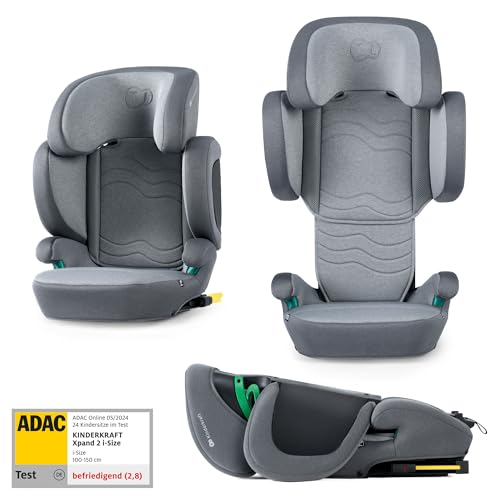10 Pram Or Pushchair Projects Related To Pram Or Pushchair To Extend Your Creativity

Pram or Pushchair: A Comprehensive Guide for New Parents
Choosing the right mode of transportation for young kids is among the very first significant decisions new moms and dads face. With numerous alternatives on the market, the debate in between prams and pushchairs can be bewildering. This post will supply comprehensive insights into the differences in between prams and pushchairs, their specs, advantages and downsides, and what to consider before buying.
Comprehending Prams and Pushchairs
At its core, the choice between a pram and a pushchair lies in their style and planned usage.
Definitions:
- Pram: A pram, short for "perambulator," is developed mainly for newborns. Pram And Pushchair Travel System features a flat, carrycot-style seat that allows the baby to lie down totally flat. Prams are frequently more elegant and are intended for transporting babies who are not yet sitting up independently.
- Pushchair: A pushchair, also referred to as a stroller, is designed for older infants and young children who can sit up. Pushchairs normally have an upright seat and might not recline totally flat, although lots of designs now offer adjustable reclining options for comfort.
Key Differences:
| Feature | Pram | Pushchair |
|---|---|---|
| Age of Use | Newborn to about 6 months | 6 months to 4 years or more |
| Seating Position | Flat, lying down | Upright or slightly reclined |
| Weight | Normally heavier | Normally lighter |
| Portability | Less portable due to weight | More portable and much easier to fold |
| Usage Case | Brief walks, leisurely strolls | Daily usage, errands, longer outings |
Benefits and Disadvantages
Pram
Benefits:
- Comfort for Newborns: Provides a flat surface area favorable to a newborn's developmental needs.
- Stylish Designs: Many prams come with sophisticated designs, providing a touch of luxury.
- Storage Space: Sometimes include bigger storage choices listed below.
Downsides:
- Weight: Generally heavier and bulkier than pushchairs.
- Minimal Usage: Suitable only for newborns and babies who can not stay up.
Pushchair
Advantages:
- Versatility: Suitable for older babies and toddlers, often accommodating them for a number of years.
- Light-weight and Portable: Easier to fold and carry, making them perfect for busy parents.
- Configurable Options: Many pushchairs have adjustable seats and attachments for safety seat and carrycots.
Disadvantages:
- Comfort for Newborns: Not always ideal for babies in the early months without a correct insert.
- Less Luxurious: Often perceived as less glamorous compared to prams.
Making the Right Choice
When it concerns deciding between a pram and pushchair, several factors ought to be thought about:
1. Way of life:
- If moms and dads frequently make long journeys or go for walks, a pram may be preferential.
- If they require to browse through city streets or take public transportation, a lightweight pushchair might be more ideal.
2. Budget:
Pricing can vary widely. Comprehending your monetary limitations will help concentrate on options that meet both visual and useful requirements.
3. Adaptability:
Some progressive services consist of travel systems that permit moms and dads to shift from a vehicle seat to a pushchair with the exact same base, using optimum versatility.
4. Storage Space:
A pram might take up more room in a lorry or in your home, while a pushchair's capability to fold down can be a substantial benefit in tighter areas.
FAQs
Q1: Can I utilize a pushchair for newborns?
A1: Some pushchairs include bassinet accessories or fully reclining seats, making them appropriate for newborns. Nevertheless, it's vital to examine the specifications before use.
Q2: How do I pick the right design?
A2: Consider your way of life, spending plan, and the features you focus on, such as weight, portability, and storage choices.
Q3: Are prams and pushchairs safe for my baby?
A3: Yes, both prams and pushchairs are created with safety functions. Search for models with a 5-point harness, tough brakes, and safe frames.
Q4: How long can I utilize a pram for?
A4: A pram is usually appropriate until a baby can stay up unassisted, usually around 6 months.
Q5: What are travel systems?
A5: Travel systems are combinations of a car seat and a pushchair that operate in tandem, enabling simple transitions from car to pushchair without needing to get rid of the baby.
Choosing in between a pram and a pushchair ultimately boils down to the requirements and lifestyle choices of each household. Prams use convenience and style for babies, while pushchairs provide flexibility and ease for older babies and young children. By thoroughly considering specific circumstances and requirements, parents can make an informed option that will make sure safe and pleasurable trips with their youngsters.
In the end, whether one go with a stylish pram or a useful pushchair, the main aim stays the very same-- making sure convenience and safety for the kid while helping with benefit for parents.

